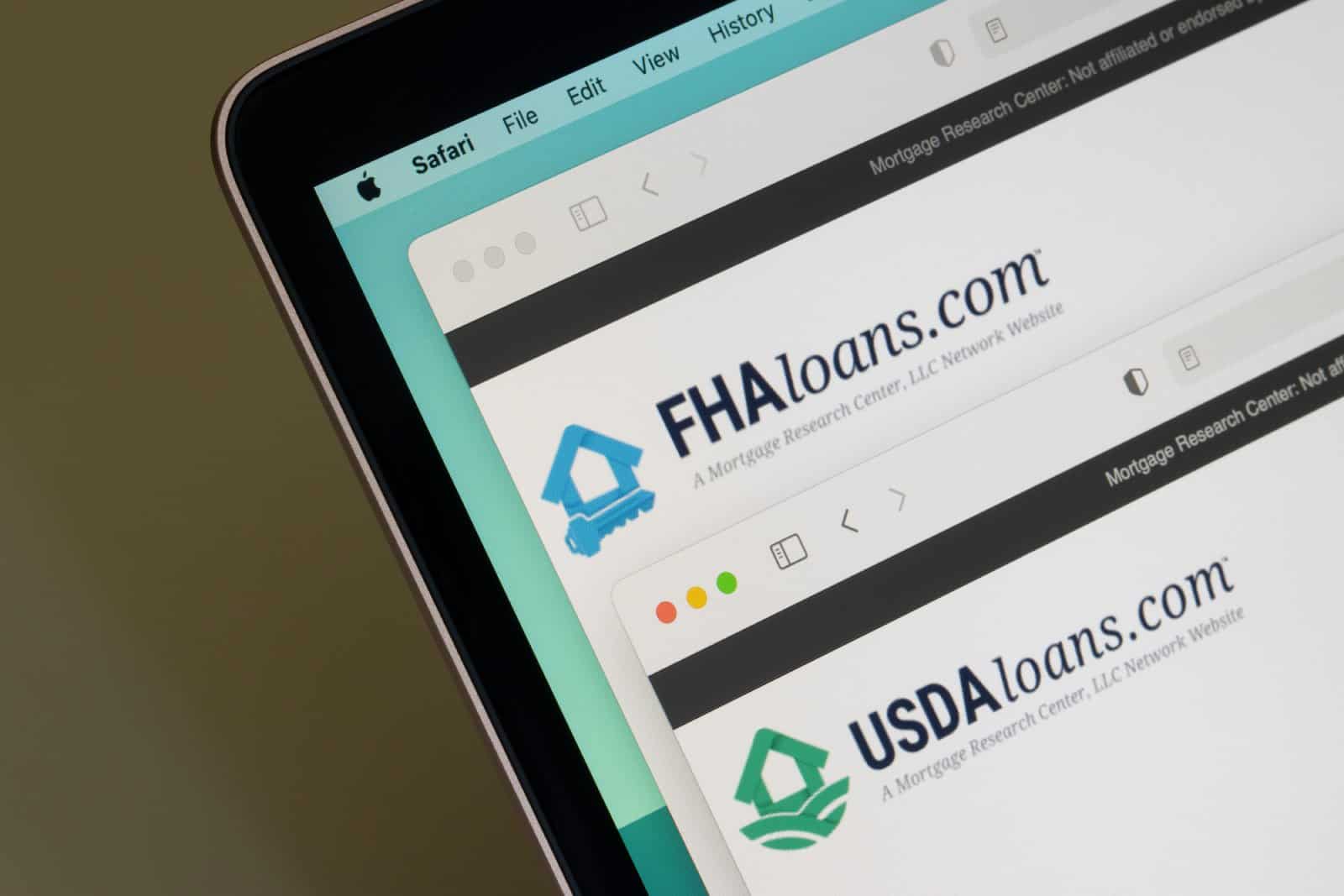Buying a home can be a daunting financial challenge, especially for teachers. Fortunately, several programs offer substantial aid, making homeownership more accessible for educators.
Understanding the Good Neighbor Next Door Program

The Good Neighbor Next Door initiative provides eligible educators with a remarkable opportunity to purchase homes at half their appraised value. This program, however, has specific eligibility criteria, including location requirements and a three-year residency obligation.
Eligibility for Educators

Teachers looking to benefit from the Good Neighbor Next Door program must be full-time employees in state-accredited schools. This program is not exclusive to teachers, extending also to firefighters, EMTs, and law enforcement officers.
Financial Mechanics of the Program

Participants in this program sign a silent second mortgage, with no interest or payments due if the home remains their primary residence for three years. They can also secure an FHA-insured mortgage with a minimal down payment, offering additional financial flexibility.
Occupancy and Employment Flexibility

Good Neighbor Next Door allows for job changes post-purchase, provided the commitment to stay in the profession for at least one year after closing is met. Fulfilling the three-year residency releases participants from the second mortgage obligation.
Navigating the Teacher Next Door Program

The Teacher Next Door (TND) Program caters exclusively to educators, offering streamlined homebuying assistance and access to various financial aid programs. This initiative is part of a larger effort to support various professionals in their homeownership journey.
Extensive Financial Support Options

TND provides significant financial support, including grants and down payment assistance. It also assists teachers in finding suitable financing options and navigating the homebuying process.
Combining Program Benefits

A notable feature of TND is its compatibility with other programs like Good Neighbor Next Door. This versatility allows educators to maximize their financial benefits and find the best possible solutions for their housing needs.
Homes for Heroes: Broadening the Scope

Homes for Heroes extends its benefits beyond teachers to a wide range of professionals, including healthcare workers and military personnel. This program focuses on reducing home-related expenses and facilitating smoother transactions.
Specialized Assistance and Rewards

This program connects educators with experts in real estate and mortgage services, ensuring tailored support. Participants receive Hero Rewards after closing, along with other discounts, adding to the program’s appeal.
Teacher Unions and Homebuying Discounts

Various teacher unions and professional associations offer homebuying discounts and benefits. These partnerships with lenders and banks can significantly reduce mortgage-related expenses, providing an additional avenue for financial relief.
Exploring State and Local Programs

Beyond federal initiatives, many state and local programs offer down payment and grant assistance, often based on income and location. These programs can significantly reduce the financial burden of purchasing a home for teachers.
Stacking Benefits for Maximum Advantage

Teachers may be eligible for multiple programs simultaneously, allowing them to combine different benefits for maximum financial advantage. This stacking of programs can significantly reduce the overall cost of homeownership.
Navigating Program Complexity

While these programs offer substantial benefits, navigating their requirements and eligibility criteria can be complex. Seeking assistance from knowledgeable real estate agents or financial advisors can help in making informed decisions.
Impact on Teacher Homeownership

Real estate broker Laine Bowling highlights the low financial risk and potential for significant savings through these programs. She notes, “It allows them to purchase their own homes with limited funds,” emphasizing the positive impact on teacher homeownership.
Looking Beyond the Financials

While these programs primarily focus on financial aspects, their broader impact includes enabling teachers to live closer to their workplaces and build stable community ties. This proximity can enhance both their professional and personal lives.
Recognizing the Value of Teachers

Despite their invaluable contribution to shaping future generations, teachers often find themselves grappling with financial limitations due to modest salaries. This discrepancy between their worth and earnings highlights a deeper societal issue.
A Ray of Hope

These programs play a crucial role in bridging the gap between teachers’ earnings and the rising costs of housing. By understanding and utilizing these initiatives, teachers can turn the dream of owning a home into a tangible reality.
The post Teachers Shaping Futures: Fostering Students’ Pursuit of the American Dream first appeared on Liberty & Wealth.
Featured Image Credit: Shutterstock / Ground Picture.
The content of this article is for informational purposes only and does not constitute or replace professional financial advice.

